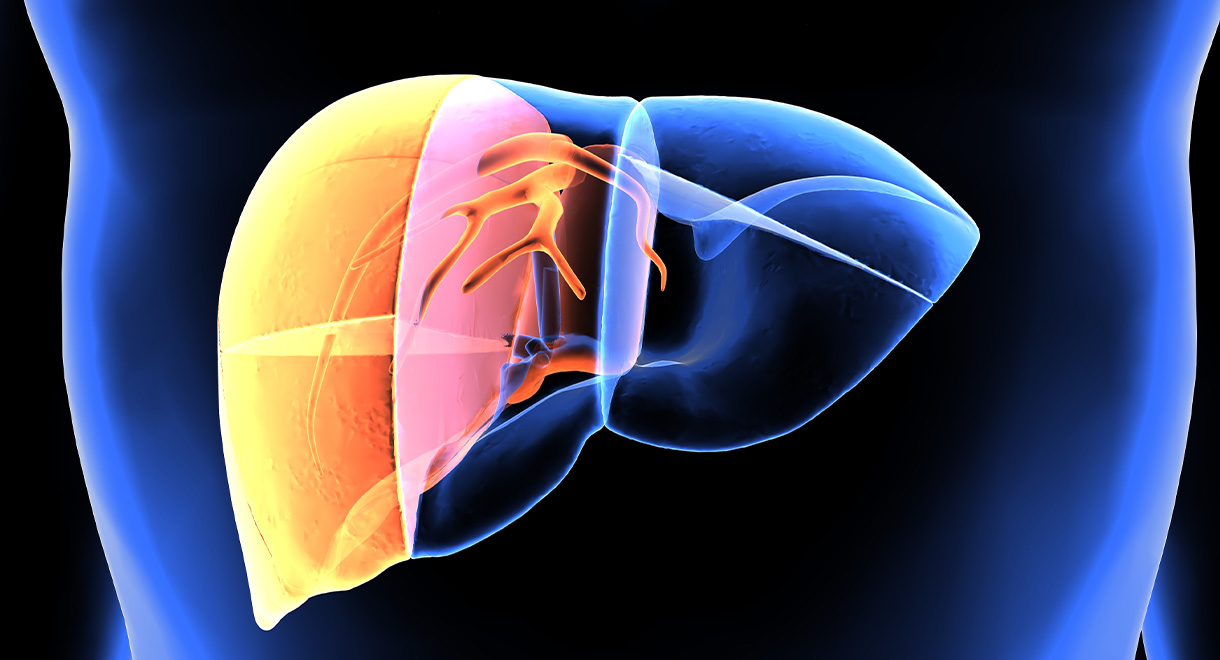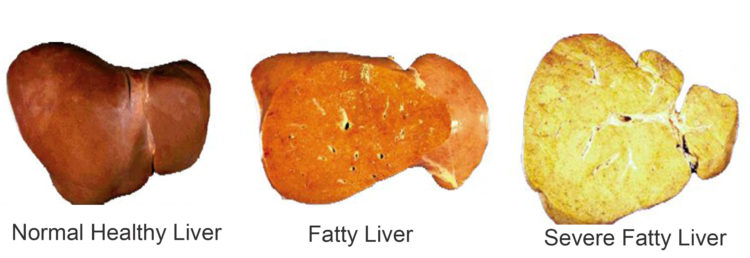

The Definitive Guide To Reversing Fatty Liver - Part 1
Fatty liver is the build-up of excess fat inside and in between the liver cells. It is also known as hepatic steatosis. In the 1980s I noticed in my patients that the incidence of fatty liver was increasing and by the mid-1990s it had become more prevalent. Medical journals started to write more articles about fatty liver calling it a new epidemic.
Today, fatty liver has become the most common liver disease in the world and affects around one third of people or in other words, one in every 3 people have a fatty liver. It is normal for the liver to contain some fat, but if fat accounts for more than 10 per cent of the liver’s weight, then you have fatty liver. In fatty liver the fat called triglycerides accumulates inside the liver cells as fatty droplets.
Types of fatty liver
Non-Alcoholic Fatty Liver Disease (NAFLD)
This occurs in people who do not drink excess amounts of alcohol and is most often caused by a diet too high in carbohydrates, processed foods and seed oils high in linoleic acid. NAFLD can worsen if it is not addressed. Fatty liver can affect children and is common in obese children. Fatty liver may NOT cause significant liver damage, and if it is only mild in degree, then you may not even be aware you have a fatty liver.
Non-Alcoholic Steatohepatitis (NASH)
In people with the type of fatty liver called NASH, the excess fat in the liver leads to damaging inflammation of the liver and this is called Non-Alcoholic Steatohepatitis.
Steatohepatitis does cause liver damage, which can become severe. NASH can lead to cirrhosis and liver cancer and is the leading cause of cirrhosis and liver transplant. The inflammation kills liver cells which become replaced with scar tissue and this process is called fibrosis. Fibrosis is the biggest predictor that NASH will lead to severe liver disease. There are four stages of liver fibrosis from F1 to F4 with F4 being classified as cirrhosis. Fibrosis can be diagnosed by liver biopsy or a fibro scan of the liver.
Alcoholic Steatohepatitis
If liver inflammation from a fatty liver is linked to alcohol abuse it is called alcoholic steatohepatitis. This can lead to cirrhosis and liver failure.

Fatty liver can be suspected if you –
- Are overweight, especially in the abdominal area (central obesity)
- Struggle to lose weight from your abdomen
- Have elevated liver enzymes and/or elevated ferritin (iron) levels on a blood test
- Have high fasting cholesterol and triglyceride levels in your blood test
- Have elevated fasting insulin levels in your blood test – known as insulin resistance
- Are an overweight type 2 diabetic
- Take too long to recover from an illness or an infection
- Have unexplained excess fatigue
- Fatty liver can adversely impact your immune system, which is not surprising because it causes increased inflammation in the body. This means your immune system will struggle to overcome infections both acute and chronic. Studies have shown that COVID-19 disease is more severe in people with a fatty liver and that it takes longer to fully recover from.
No matter what type of fatty liver you have, many studies have shown that fatty liver can be reversed.
What causes fatty liver? - See part 2 next week.
The above statements have not been evaluated by the FDA and are not intended to diagnose, treat or cure any disease.
Know someone who might benefit from this article? Share it!
Need Help?
1-888-75-LIVER
Monday to Friday, 9:00 am to 5:00 pm MST
100%
Satisfaction Guaranteed
If it’s faulty or wrongly described, we’ll replace it.










